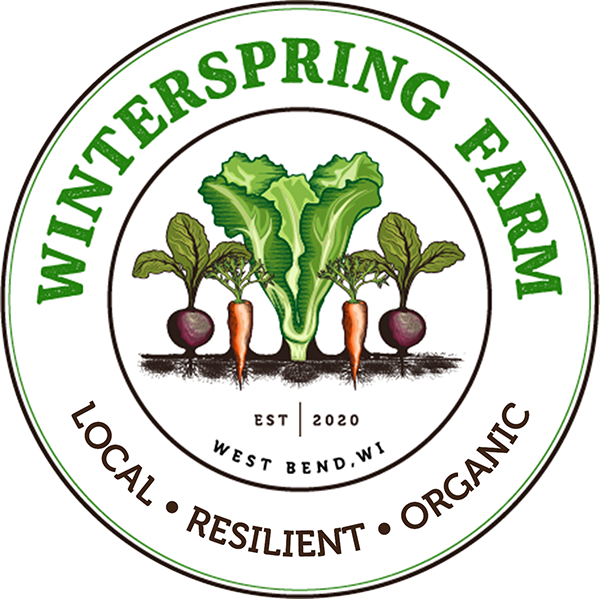Snap Beans
Culinary Use, Storage, & Benefits
Vegetable Profile: Green Beans (Phaseolus vulgaris)
Description
Green beans come in many more colors than just green! They are also called string beans, snap beans, wax beans, French beans, and more. In all honesty, any bean harvested at the right stage of immaturity is a green bean. The pod is sweet and crunchy when raw, and the plants either grow in climbing vines (pole beans) or in standing bushes (bush beans). If you don’t get to harvesting the beans soon enough, don’t worry – you can still harvest the beans for dried beans when they mature and the pods turn brown!
Nutrition
Green beans nourish and tonify the spleen and kidneys. They contain significant amounts of calcium and potassium, and when eaten raw, they contain vitamin C and B vitamins.
Storage
Think of green beans as baby beans; they are immature, and have tender, delicate flesh. They need to be used up quickly before they get soft. Store in a waterproof container in the fridge until use.
Use
Blanched, steamed, roasted, or stir-fried, cooked green beans are delicious! They can also be chopped up into salads raw.
Sources
The New Whole Foods Encyclopedia by Rebecca Wood
Asparagus to Zucchini by Fairshare Coalition
Produce: A fruit and vegetable lover’s guide by Bruce Beck
Our own experience!

